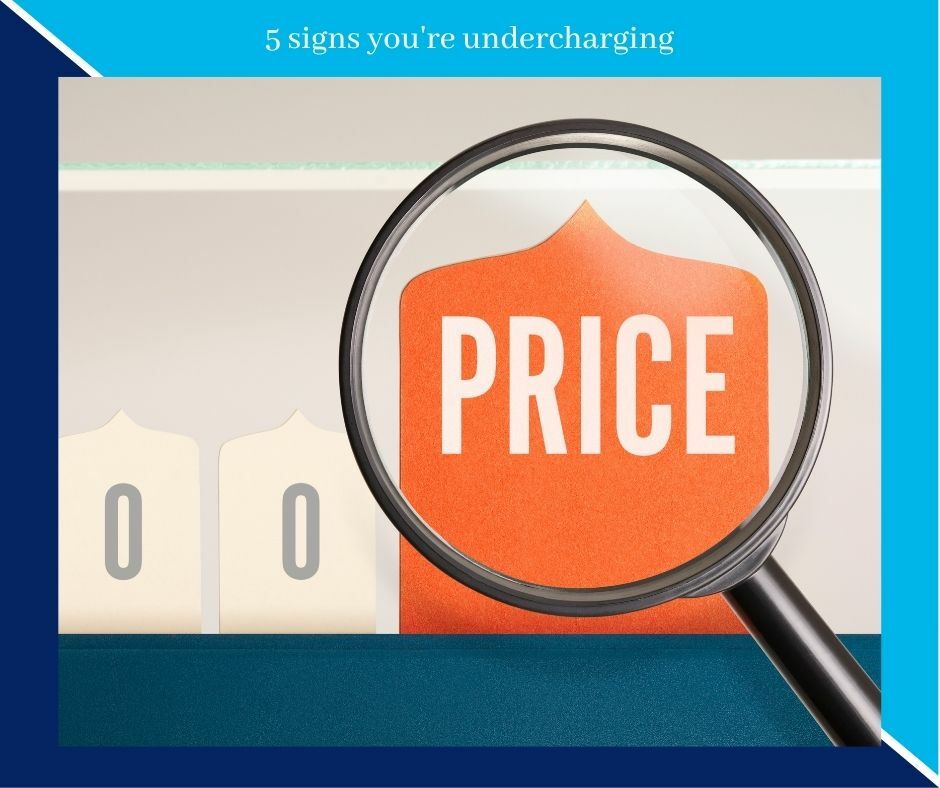
What do you want from your business
What do you want from your business?
When you started your business, you probably dreamed about flexible hours and highly profitable, stimulating work.
Ideally, you would’ve adopted best practice and documented those dreams in a succinct Business Plan. Your plan would specify how much cash you need, your role, and the hours you’d be working.
In other words, what your business was going to deliver to you personally as an owner.
But that was all before the world turned on its head and most plans went out the window.
Whatever you previously dreamed of or planned for must be reconsidered due to the impact of Covid.
It’s likely that what you want hasn't changed, it will probably just take longer than expected.
Take the opportunity to reinvent your business to deliver what you want
Trimming what you need personally from your business for the next year or two will give you the best footing to recover.
Consider the following:
- Can you still have the lifestyle you want with less cash strain on your business?
- A walk with friends, as opposed to a dinner out, is great for your health and easier on your wallet.
- Are there personal costs that can be avoided? Do you need that second takeaway coffee each day?
- Can you refinance your personal and/or housing debts to achieve lower interest rates or reduced principal repayments?
- Can you spend less on holidays or travel in the next 12 months?
- Can you modify your role in the business to reduce stress or workload?
- Will these needs be different in the medium term? I.e. can you hunker down for 12-months or until your business’s profitability and cashflow improve?
The best way to reduce the cashflow strain is to revise your personal budget.
Your budget will identify potential savings you can make and provides a benchmark against which your actual spending can be tracked in the future.
Your Business Plan and budget can then be built around how your business can deliver the level of personal cashflow you need.
There are no shortcuts here.
The discipline of personal budgeting with ongoing monitoring of your expenditure is essential.
The good news is that the process is both empowering and enlightening at the same time. You’ll be amazed at where personal savings can be made and will feel much more in control of your business.
Contact us if you need help developing your Business Plan or personal budget.
“You must gain control of your money or the lack of it will forever control you.” – Dave Ramsey








